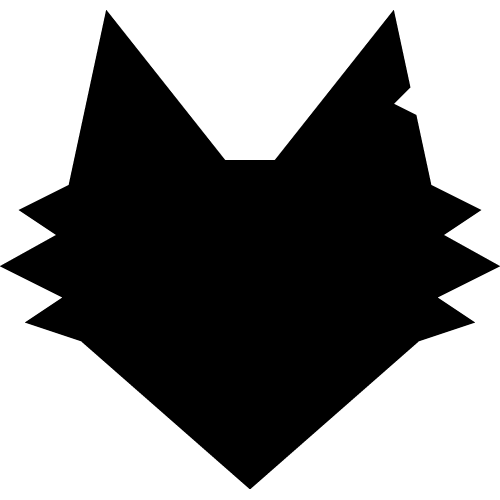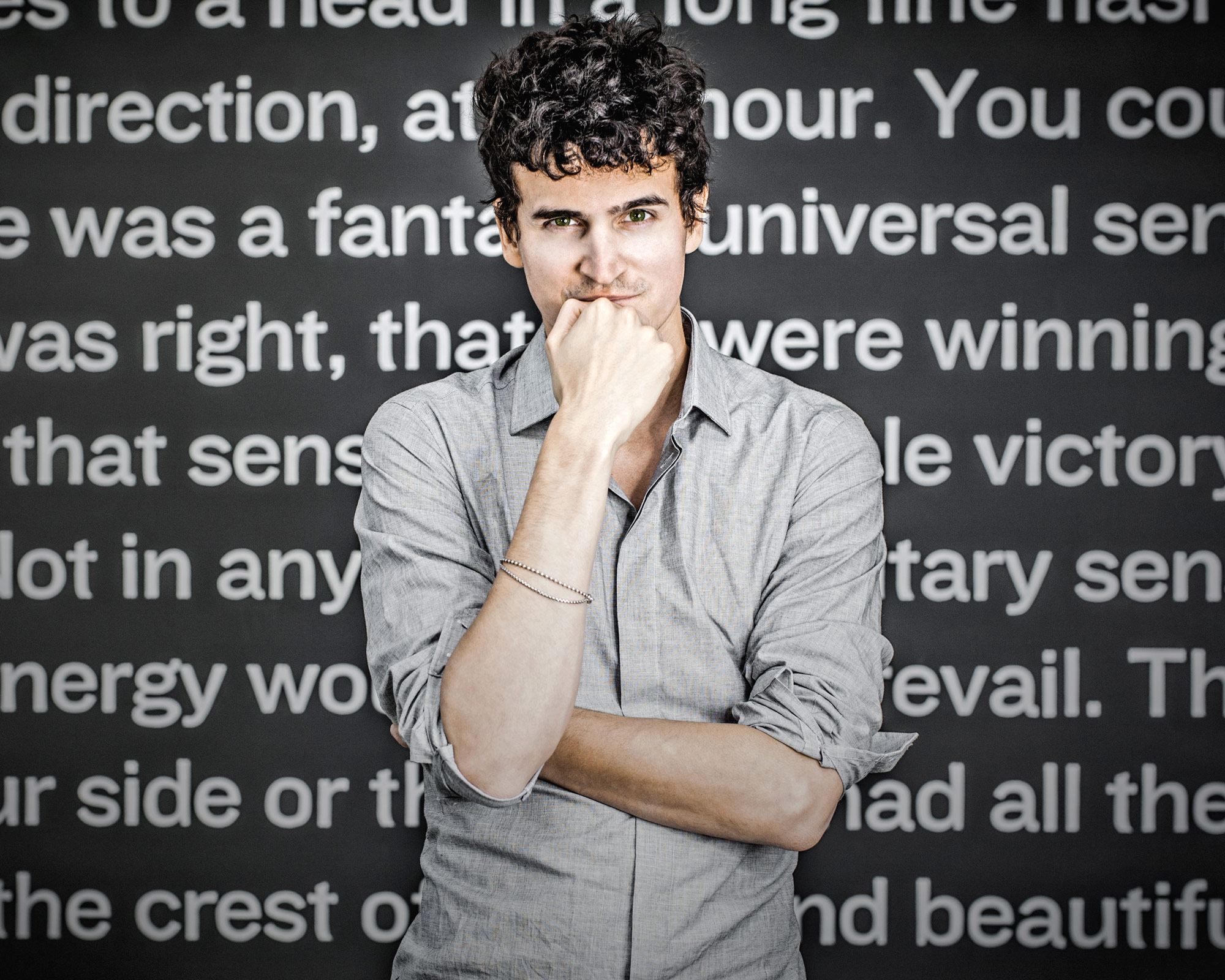
- Interview by Ryan & Tina Essmaker December 4, 2012
- Photo by Alex Cornell
Alex Cornell
- designer
- musician
Alex Cornell is a San Francisco-based designer and musician. A graduate of Duke University, Alex cofounded Firespotter Labs in 2010 and has designed and launched Nosh, Jotly, NoshList, and ÜberConference. Previously, he spent three years studying design as apprentice to Scott Hansen (ISO50). Alex’s book, Breakthrough, was published by Princeton Architectural Press in September 2012.
Interview
Describe your path to becoming a designer.
For me, it started with music. At 16, I started playing guitar and I’d stay up late and record myself on this little 4-track recorder, just jamming the night away. I went to an all boys prep school, which was primarily known for its sports prowess, so it was fun being part of the musical counter-culture. My friends and I would hide and play guitar on the tennis courts during sports sessions.
When I went to college at Duke, I started singing and playing live a lot more. The band I was in, Running Lights, was determined to become famous and we played an endless amount of shows in New York City and North Carolina. During that time, I started doing a little design work out of necessity because we needed someone to create visuals for promotional materials. I didn’t have any technical design training at that point, so when I finished at Duke, I came out to San Francisco to start an MFA program and learn more about design—I wanted to have a better understanding of what I was doing.
That was where I ended up meeting Scott Hansen. When I was in school, he was my favorite designer and after I found out he lived in San Francisco, I made a beeline for wherever I could find him—I just had to work with this guy. I remember meeting him at a show; I had sent him an email prior to that and then I basically accosted him after the show and told him I’d do anything to work for him. I think he was legitimately weirded out, but I sent him another email and eventually, he hired me. The first day I showed up for work he said, “I don’t really have anything for you to do, but if you really want to, you can come here and hang out. I have these magazines I sort through to find cool images—maybe you can do that.” It was unpaid and a lot of people probably would have thought, no way, but I thought, “Mission accomplished.”
(all laughing)
Initially, I don’t think Scott viewed the job he gave me as very exciting. However, it was awesome because I didn’t yet have any inherent skill—visually, I wasn’t talented at all. I would look through these books and magazines, find things I thought were cool, and show them to Scott. He taught me and informed my visual taste by reacting to what I found. I’d find a couple things and he’d say, “Oh man, this one is amazing,” and I’d look at it and think, “Yeah, this actually is amazing.” I was in a very moldable state and working with him helped shape me as a designer.
While I was working for Scott and also attending the MFA program, I met some guys from Google Ventures. Many of my friends who were in tech had also moved to San Francisco and one of my friends had a company called Plancast, which I designed the logo for—it’s a little penguin guy. My friend Wesley, who worked at Google, really liked the Plancast logo and had a company in his portfolio that he thought could benefit from that kind of design. I was hired to create a logo and website for that company and realized how amazing it was to be a designer working in startup land. These days, that seems obvious, but back then it wasn’t. In school, I was learning how to be a print designer—to actually print and bind books myself. Completely shifting my focus in terms of what I was working on was a big and really important change for me.
I eventually met Craig Walker, who is the CEO of the company I’m a part of now. He, I, and two other guys—John Rector and Brian Peterson—founded Firespotter Labs in November 2010. I dropped out of school to become a part of the company, which was intense, and I’ve been working as the creative director here since then. I do everything from the visual design of our products to the marketing videos. I think that pretty much brings us up to today.
So, you dropped out of your MFA program?
Yes. I was attending school for an MFA in graphic design and only had one semester left. I was close to finishing, but it became very difficult to do school while starting a company.
We began the company as an internal incubator and the four of us planned to work on ideas generated by us and see what stuck. We started with an app called Nosh, which is like Yelp for menu items so that you can see what is good at a restaurant. We then made NoshList, which is a waitlist app for restaurants. There was a brief, hilarious period where we launched Jotly. And now, our main squeeze is called Überconferece, which is audio conferencing with a visual interface.
Ryan: It’s interesting to hear about your background of wanting to focus on music because I had that same experience and so many other designers I’ve talked to have also started out in music.
It definitely makes sense. Not to say it’s easier to make a career out of design, but it’s easier to get into it in a way where you can sustain yourself financially. With music, it’s a little harder to head out on the road and make a living wage. These days, I’m satisfied with Youtube as my musical outlet.
Was creativity a part of your childhood?
Not in the way it is now. I wasn’t a designer and I wasn’t very musical. Despite my eventual obsessive love of the guitar, I actually loathed it when my Mom first signed me up for lessons when I was really young. I remember being dragged to lessons and I never practiced—it was pretty depressing when I started playing again at 16 and thought of all the years of practicing I had missed out on.
I did draw a lot and that was my main outlet as a kid. I loved drawing fantasy scenes and space battles and really nerdy, crazy stuff like that. I was okay at it and I liked how limitless it was creativity-wise. I don’t draw or sketch anymore because we work so fast that I don’t have time to put pen to paper.
Where did you grow up?
In Bethesda, Maryland. I’m a transplant to the West Coast and have been here for five years now.
You talked about how you started designing out of necessity when you were in the band, but was there an “aha” moment along the way when you knew that design was what you wanted to do for a career?
Yes. There was a moment that stuck with me and it’s a funny story. When I was in the band, we were always thinking of ways to get people to come to our shows. This may sound stupid now, but it was hilarious at the time—I designed a sticker that looked like an electrical outlet, but included our website along the bottom. I made it look so realistic that people would try to plug into the thousands of stickers we’d stuck around the school campus. After looking at it more closely, they saw our web address and realized it was a sticker. We definitely got a good amount of traffic on our site, but I think people were mostly pissed off. That was the first time I saw design affecting people and being something that could be clever and interesting. That eventually led up to my decision to move to California to pursue design in a more disciplined way.
Have you had any mentors along the way?
Scott has been my main mentor in the world of design. I worked with him for two and a half years and we’re really good friends. He taught me about obsession for detail; I’ve never met anyone who is so comprehensive in the way he understands things. The attention to detail that I learned from him has been invaluable to me.
The tricky thing about mentors is they’re hard to find. I was incredibly fortunate in this regard, but it’s not necessarily a decision you can make. You can’t say, “I want a mentor,” and then suddenly have one. It’s always hard for me to suggest finding a mentor to students because those relationships are hard to find and cultivate.
Was there a point in your life when you decided you had to take a big risk to move forward? You already mentioned dropping out of school—was that a risk for you?
It definitely seemed like a risk on paper because when I dropped out of school, I had a month left. The four of us who started the company were working out of our CEO’s pool house in his backyard in Danville, CA. We set up desks from Costco and worked there all day without promise of a paycheck in the near future. So, on paper it seemed risky, but it didn’t feel like a risk to me. We all felt confident that it was going to be a good thing and I trusted the guys I was working with.
As far as school, I like to finish things, so I was bummed not to finish my grad program. But I also think that with design, if you have a job you love and you’ve been able to build a good portfolio, the actual degree doesn’t necessarily matter a ton. Being in school was an incredible experience for me, but finishing it when I had this other thing going wasn’t crucial. I was also working on my book at the time and something had to go; it was school, the book, or this new job—I chose school. That was a tumultuous point and at first, my decision to quit school was difficult for my East Coast family to understand.
Are your family and friends supportive of what you do now?
Yes. My family and friends couldn’t be more supportive. My mom and dad have both always been amazing in that way. Also, my mom was an artist when she was younger, so she’s really encouraged me in creative pursuits.
My friends, especially in college, were all creative. These days, most of my friends are in tech and are a combination of engineers and investor types. I got into design a little late in the game, so I don’t really have as many designer friends as I would like. I see people kicking it with their designer friends on Twitter and it makes me a little sad that I don’t have that. (laughing)
“My moods have always been heavily correlated with my creative output. If I’m producing a lot, I’m usually pretty happy and psyched; if I’m going through a period where I’m consuming more than I’m producing, there’s a general malaise.”
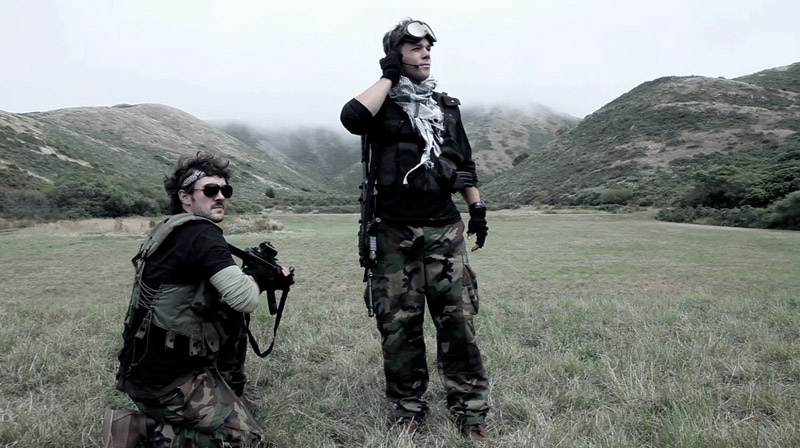

Ryan: Have you not had an opportunity to meet other designers or is there not a big design community there?
There’s no shortage of designers out here; it’s an incredible community for design. For me, I think it’s more that a lot of my friends moved out here at the same time I did and our friend group has stayed pretty tight. I wasn’t a designer in college and none of my friends were either; now, I’m a designer and they still aren’t. It’s not so much that I haven’t met any designers, it’s just that I’ve stayed with the same group of good friends. Now, when I do meet designers and like them, I try to hire them. (laughing)
Do you feel a responsibility to contribute to something bigger than yourself?
I think that’s always been a motivating factor behind what I do. Whether it’s music or design, the goal has always been to affect as many people as I can. The cool thing about design, especially in tech, is that people are using what you make. They’re getting real utility out of the tools you design. At a startup, the amount of sway one individual person has on the overall output of the company is huge, so the ratio of the work I put in versus what people get out of it is very pure.
Are you satisfied creatively?
My moods have always been heavily correlated with my creative output. If I’m producing a lot, I’m usually pretty happy and psyched; if I’m going through a period where I’m consuming more than I’m producing, there’s a general malaise. Overall, yes, I’m definitely satisfied because I’m putting out a lot of work at the moment. It doesn’t have to be a perfect, finished product; it can be something small. For example, if I don’t have any design success during the day and I can go home and learn something on the piano, that’s enough to keep me satisfied creatively. Since I know that my output is so important, I try to give myself opportunities to produce during the day.
That said, is there anything you’re interested in doing in the next 5 to 10 years?
Film. I started doing the marketing videos for our startup in the very beginning. I love the whole process—everything about it! I even listen to super specific visual effects podcasts now. I could definitely see myself transitioning so that film becomes a larger part of what I do in the next 5 to 10 years.
I recently did a fake movie trailer for a new Bourne movie that doesn’t exist. I watched movie trailers for weeks in preparation. We made the video in a weekend, spent one day shooting, and I spent one day editing. I often think that adding more of these types of projects should be a larger part of my creative future. I’d like to do that and maybe pursue music more professionally at some point.
If you could give one piece of advice to another designer starting out, what would it be?
Are you familiar with Ira Glass from This American Life?
Yes.
I wrote about this a while ago on the Iso50 blog. Ira has a video that is the best thing I’ve ever heard in terms of advice for people starting out. It boils down to him saying that you have to do a huge volume of work. That seems obvious by itself, but what he’s saying is that when you start out, you presumably have really good taste, but your ability to create work that lives up to that standard doesn’t exist yet. So, you make stuff and think it’s bad because it’s not as good as your taste knows it could be. That can be very demoralizing because when you’re working and making stuff you don’t like, it’s hard to continue.
Doing a huge volume of work helps push you past that period when your ability is catching up to your taste, which lasts years longer than most people think it should. I haven’t been doing design that long and I still have this experience a fair amount. When that happens, I tell myself to just keep working because eventually, my ability will reach my taste level.
A lot of people ask me how I overcome creative block because that’s what my book, Breakthrough, is about. My method is sheer, brute force. If I’m not getting something done, I’ll switch tasks to something I know I can succeed in. Whatever I can do to keep forward motion and keep having little victories adds up over time and results in a solution I’m satisfied with.
How does living in San Francisco impact your creativity?
Practically, it’s great for what I do in the tech space. It works out for me personally because I love it here. I’m close to the ocean, which is a must for me; it’s not too big, so it has that neighborhood type feeling; and creatively, there are incredible places to film. I can’t imagine being anywhere else, except for New York—I could totally be down with that. At the moment though, San Francisco is where it’s at.
Is it important to you to be part of a creative community of people?
I’m going to say no, which may not sound good, but I work well by myself and I enjoy it. Like I said, I don’t have a lot of designer friends, which I always feel sad about, but not because I want to be part of a design community—I just think I’d enjoy kicking it and talking about typefaces. I like to work alone and I’ve never gone to a lot of industry events, which might sound hermit-like, even though I promise I’m not one!
What does a typical day look like for you?
The common answer is that there is no typical day, which is true. Anyone with a job like ours is attracted to it because of that, but as an example, I can walk you through an average day. We just got a San Francisco office, so I’m overseeing the interior design and have to be here when the painters arrive at 5am. Prior to work, I do some writing and send emails. Work starts at 9am and consists of meetings, working in Photoshop, and checking in with other designers to make sure we’re all on the same page. Then I break for lunch and the afternoon is similar, but there are usually more meetings.
I usually leave the office around 7pm, depending on what time I arrived and what’s going on. Once I’m home, I eat dinner and spend half an hour catching up on my Twitter, Reeder, and Instapaper. If I have the energy, Day Two begins and runs from 8pm–2am. During this time, I work on side projects if I have the bandwidth. Sometimes that means recording a new song for Youtube or doing location scouting for an upcoming film project. I usually go to bed between 1am–2am.
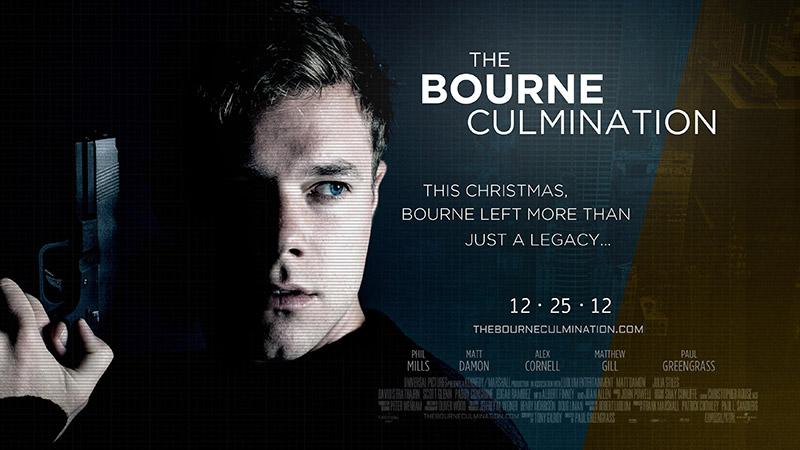
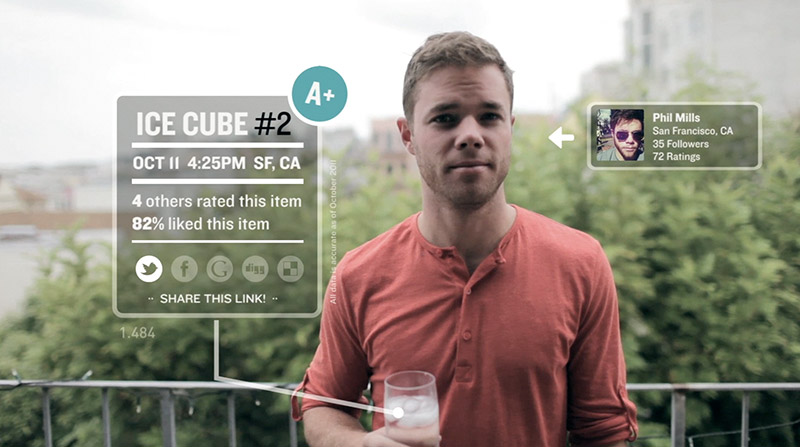
Do you have a current album on repeat?
Oh yeah! Ben Howard—I don’t know how I found him, but he’s been on repeat constantly. His song, “The Fear”, is my favorite and I might try to cover that one next. I saw an interview with him and he said something I loved. It was something like, “All we do is play shows, have a few beers, and try to find the sea.” I liked how laid-back he was and how perfect that sounded.
Do you have any favorite movies or TV shows?
I do. It’s kind of embarrassing to say, but it’s true, so I’ll say it. The Rock is my favorite movie and probably always will be. Eternal Sunshine of the Spotless Mind and Lost in Translation are two of my other favorites, which I could watch over and over.
TV shows? I like The Wire and pretty much anything on HBO. Entourage was good for a while and I actually liked Newsroom, which people gave me shit for. I also recently started watching Game of Thrones and I liked it, but not as much as everyone else it seems.
Do you have a favorite book?
Yes. Dave Eggers is my favorite writer ever and A Heartbreaking Work of Staggering Genius is my favorite book. A lot of it takes place in the San Francisco area, which is cool because I read it before I moved here.
I don’t read a lot of fiction anymore, but I started reading World War Z yesterday because I saw the movie trailer and it looked crazy. Its about zombies and I hate zombies, but it’s pretty good so far—I just can’t read it by myself or at night. (laughing) I can read it on the bus on my way to work on the morning and that’s pretty much it.
What’s your favorite food?
This is easy. Raspberries are my favorite.
What kind of legacy do you hope to leave?
Man, that’s harder than the food question.
At the very least, I want to leave one. I want to make an impact, which I think is an important decision to make because not everyone wants to do that.
When it comes to the big, heavy stuff, I try to under-promise and over-deliver. As far as my goals and aspirations, I was very much a “shoot for the stars” person when I was younger. I wanted to be the next John Mayer and be super famous. Of course, I still have big dreams, but I try to be realistic about my trajectory and what is possible. So, at a minimum, I want to continue to be productive at my current rate.
There’s a quote I like. I don’t know who said it, but it’s, “I just want to be a person who makes things and thinks about them.” Making stuff, thinking about it, and making more stuff would satisfy me, but I guess I’ll just have to see how it plays out.

“When it comes to the big, heavy stuff, I try to under-promise and over-deliver…Of course, I still have big dreams, but I try to be realistic about my trajectory and what is possible.”

